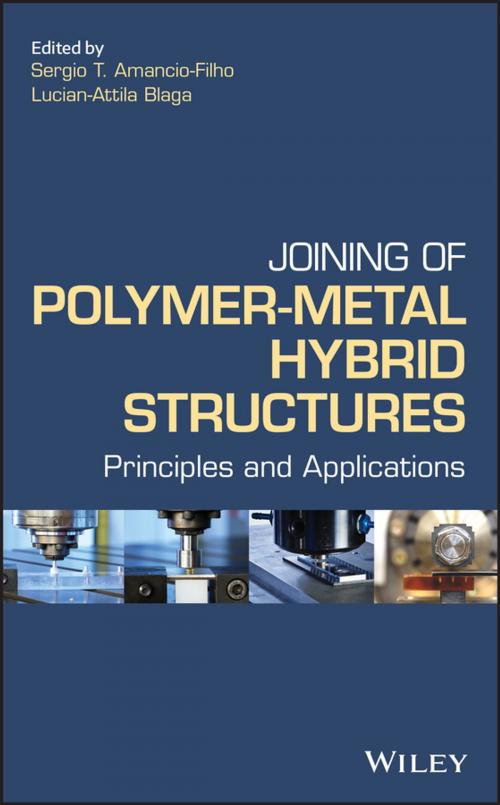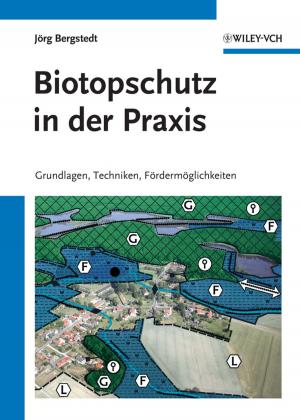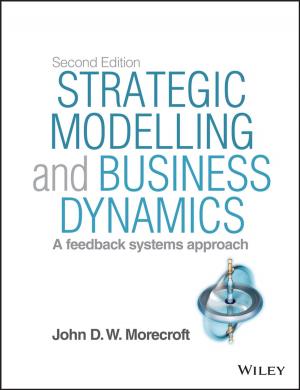Joining of Polymer-Metal Hybrid Structures
Principles and Applications
Nonfiction, Science & Nature, Technology, Engineering, Chemical & Biochemical| Author: | ISBN: | 9781119466772 | |
| Publisher: | Wiley | Publication: | December 21, 2017 |
| Imprint: | Wiley | Language: | English |
| Author: | |
| ISBN: | 9781119466772 |
| Publisher: | Wiley |
| Publication: | December 21, 2017 |
| Imprint: | Wiley |
| Language: | English |
A comprehensive introduction to the concepts of joining technologies for hybrid structures
This book introduces the concepts of joining technology for polymer-metal hybrid structures by addressing current and new joining methods. This is achieved by using a balanced approach focusing on the scientific features (structural, physical, chemical, and metallurgical/polymer science phenomena) and engineering properties (mechanical performance, design, applications, etc.) of the currently available and new joining processes. It covers such topics as mechanical fastening, adhesive bonding, advanced joining methods, and statistical analysis in joining technology.
Joining of Polymer-Metal Hybrid Structures: Principles and Applications is structured by joining principles, in adhesion-based, mechanical fastened, and direct-assembly methods. The book discusses such recent technologies as friction riveting, friction spot joining and ultrasonic joining. This is used for applications where the original base material characteristics must remain unchanged. Additional sections cover the main principles of statistical analysis in joining technology (illustrated with examples from the field of polymer-metal joining). Joining methods discussed include mechanical fastening (bolting, screwing, riveting, hinges, and fits of polymers and composites), adhesive bonding, and other advanced joining methods (friction staking, laser welding, induction welding, etc.).
- Provides a combined engineering and scientific approach used to describe principles, properties, and applications of polymer-metal hybrid joints
- Describes the current developments in design of experiments and statistical analysis in joining technology with emphasis on joining of polymer-metal hybrid structures
- Covers recent innovations in joining technology of polymer-metal hybrid joints including friction riveting, friction spot joining, friction staking, and ultrasonic joining
- Principles illustrated by pictures, 3D-schemes, charts, and drawings using examples from the field of polymer-metal joining
Joining of Polymer-Metal Hybrid Structures: Principles and Applications will appeal to chemical, polymer, materials, metallurgical, composites, mechanical, process, product, and welding engineers, scientists and students, technicians, and joining process professionals.
A comprehensive introduction to the concepts of joining technologies for hybrid structures
This book introduces the concepts of joining technology for polymer-metal hybrid structures by addressing current and new joining methods. This is achieved by using a balanced approach focusing on the scientific features (structural, physical, chemical, and metallurgical/polymer science phenomena) and engineering properties (mechanical performance, design, applications, etc.) of the currently available and new joining processes. It covers such topics as mechanical fastening, adhesive bonding, advanced joining methods, and statistical analysis in joining technology.
Joining of Polymer-Metal Hybrid Structures: Principles and Applications is structured by joining principles, in adhesion-based, mechanical fastened, and direct-assembly methods. The book discusses such recent technologies as friction riveting, friction spot joining and ultrasonic joining. This is used for applications where the original base material characteristics must remain unchanged. Additional sections cover the main principles of statistical analysis in joining technology (illustrated with examples from the field of polymer-metal joining). Joining methods discussed include mechanical fastening (bolting, screwing, riveting, hinges, and fits of polymers and composites), adhesive bonding, and other advanced joining methods (friction staking, laser welding, induction welding, etc.).
- Provides a combined engineering and scientific approach used to describe principles, properties, and applications of polymer-metal hybrid joints
- Describes the current developments in design of experiments and statistical analysis in joining technology with emphasis on joining of polymer-metal hybrid structures
- Covers recent innovations in joining technology of polymer-metal hybrid joints including friction riveting, friction spot joining, friction staking, and ultrasonic joining
- Principles illustrated by pictures, 3D-schemes, charts, and drawings using examples from the field of polymer-metal joining
Joining of Polymer-Metal Hybrid Structures: Principles and Applications will appeal to chemical, polymer, materials, metallurgical, composites, mechanical, process, product, and welding engineers, scientists and students, technicians, and joining process professionals.















